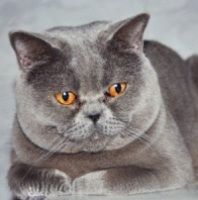KUROS Announces Encouraging phase IIa DATA WITH KUR-212 In Patients with Burns requiring Mesh Grafting
Advertisement
Kuros Biosurgery AG announced the final results of a Phase IIa clinical trial assessing the potential of KUR-212 (Viz.I-020502) in the treatment of burn patients that require autologous (from the patient) meshed skin grafting. KUR-212 is a combination product based on fibrin and a variant of platelet-derived growth factor (PDGF). The study reached its primary endpoint (safety) defined as no treatment-related adverse events 28 days postoperatively, showed encouraging efficacy results and gave no rise to any safety concerns.
This Phase IIa clinical trial was designed to evaluate the safety and give first indications about the efficacy defined as effect on wound closure (full re-epithelialization). The 1 month data was reported in August 2008.
In autologous mesh grafting a thin layer of skin of a patient is taken from an unaffected site on their body, meshed to allow for coverage of a larger area and applied to the burn site. These skin grafts are normally attached with staples or sutures. KUR-212 is applied as a gel on the wound immediately before and after graft placement and aims to replace staples as the standard fixation method and to improve the healing of the tissue. In this trial, a total of 10 patients were treated. The patients served as their own controls with an area of the graft being stapled and another area being treated with KUR-212.
The treatment was well tolerated and no treatment-related adverse events or safety issues were found over the course of the study. No hypergranulation was observed. As reported previously, although the small sample size precluded statistical evaluation of efficacy and patient preference, a difference was observed in the time to wound closure between treatments for the 1:3 meshing ratio, with a shorter time for the KUR-212-treated sites. There was no evidence of systemic absorption of PDGF and no antibody formation against PDGF or the PDGF variant used was observed. The long-term scar appearance outcomes for the KUR-212-treated and stapled sites were similar as assessed by the Vancouver Scar Scale. A preference of both patient and clinician for KUR-212 over staples was found. The results support further investigation of KUR-212 in patients with partial or full thickness burns undergoing skin grafting.























































